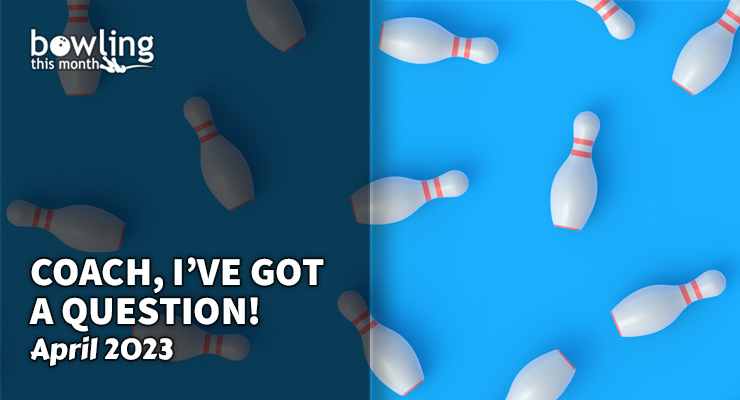Article Contents
- 1. Do you have any tips on playing really hard flat patterns, like the US Open pattern?...
- 2. I bowl in a house that doesn’t always oil the lanes. How do you practice on dry...
- 3. I’ve been told that splitting the 8 pin and 9 pin on my strike ball is bad,...
Note: This article is only available to Bowling This Month subscribers.
In this recurring feature, I answer questions from Bowling This Month readers. If you have questions, please leave them in the comment section below so I can address them in a future installment of Coach, I’ve Got a Question!
Do you have any tips on playing really hard flat patterns, like the US Open pattern? What type of equipment do you recommend on the fresh? How can we maximize the margin of error, seeing that missing right or left ends in disaster?
The flatter the pattern, the more important the topography of the center becomes. With no shape in the oil pattern to help create room for error, you need to look to the lanes to see where you might find additional hook, either due to the panels seeing heavier use or due to potential topography issues. Josh Blanchard’s The Face of a Center article and my own Dealing with Lane Topography article are both great places to start when it comes to understanding these invisible forces.
In short, familiarizing yourself with the lane panels themselves will help you find places to play on the lanes that offer a bit more forgiveness. For example, if the gutter is in play due to topography that helps the ball hook off of it, you might want to play out there to start. This does depend on the length and volume of the oil pattern, but knowledge of the friction and topography characteristics of ...
Already a premium member? Click here to log in.


